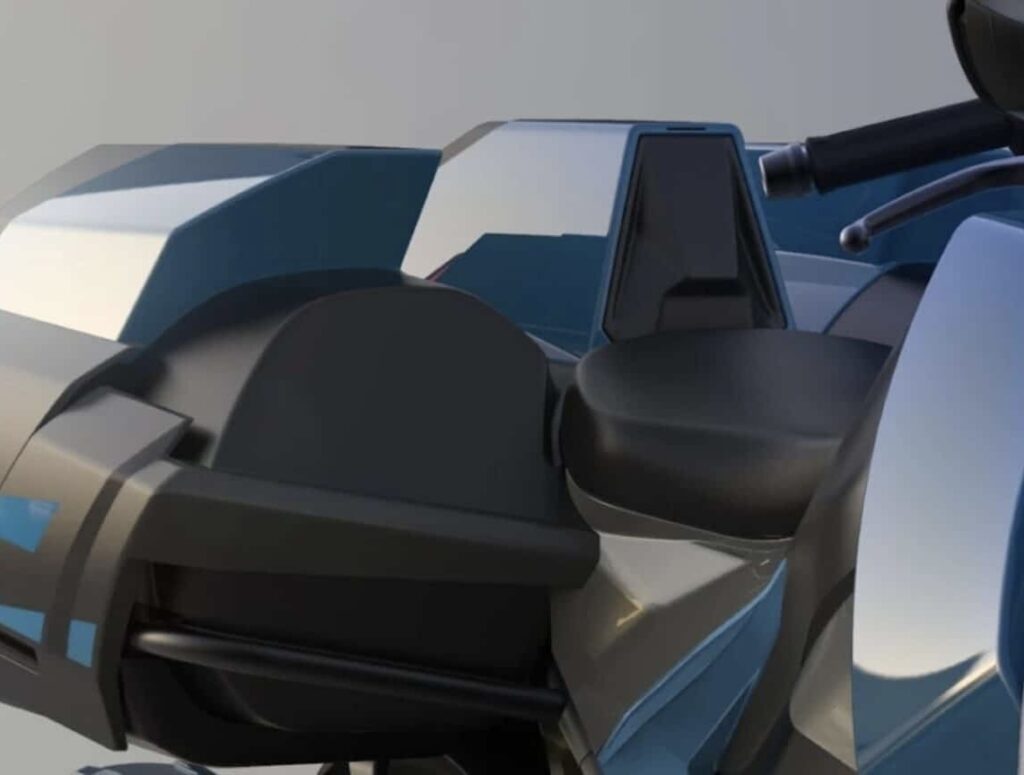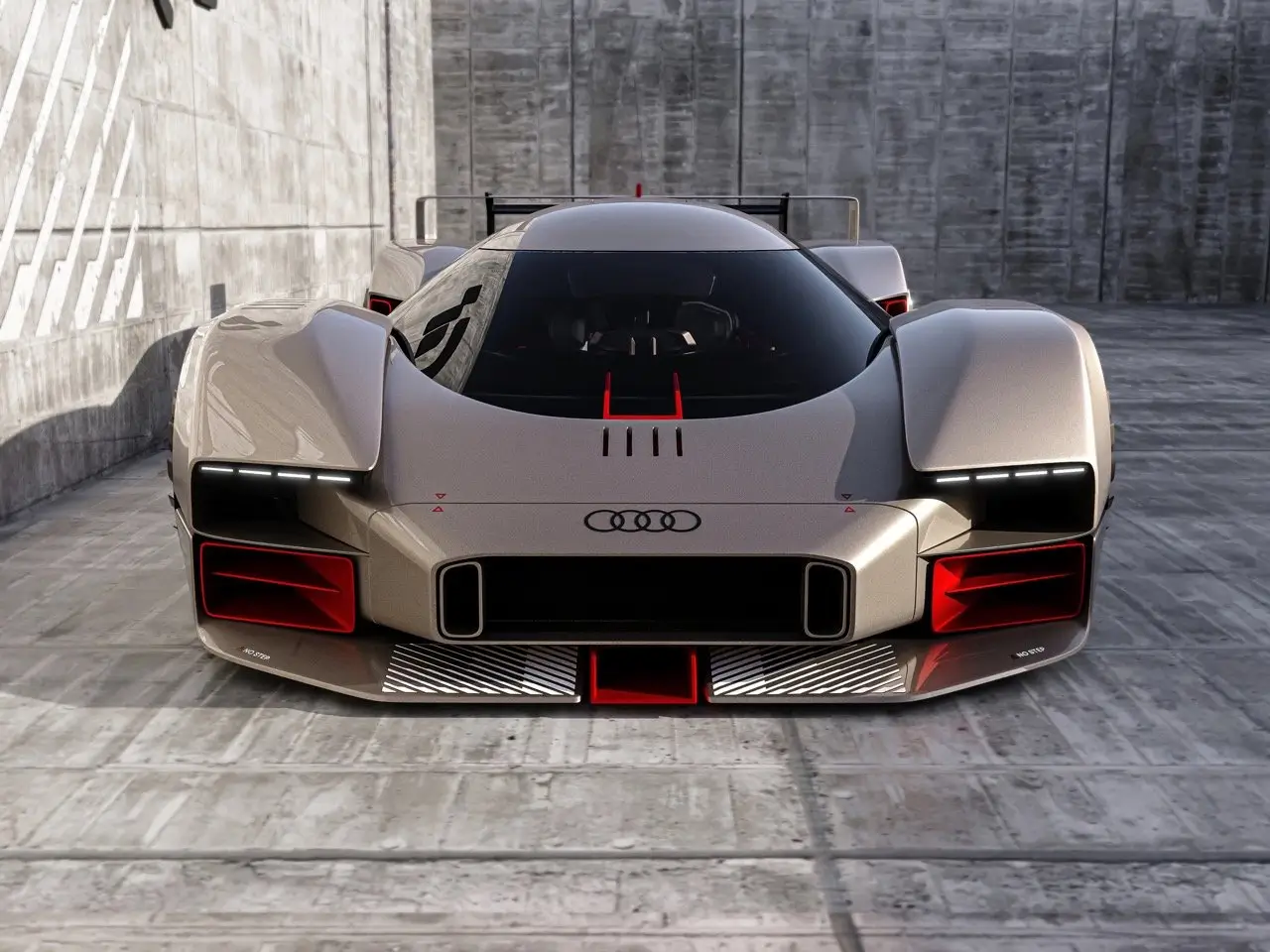Japan has made a groundbreaking advancement in sustainable transportation by unveiling the world’s first non-electric zero-emission motorcycle. This revolutionary development marks a historic milestone for the automotive industry, which has long sought alternatives to traditional gasoline-powered vehicles. The innovative motorcycle, which operates without emitting carbon dioxide or other harmful pollutants, represents a bold leap forward in Japan’s commitment to green technology and environmental stewardship.
A New Era in Motorcycle Design and Engineering
Unlike most zero-emission vehicles currently on the market, which rely on electric power sources, this new motorcycle utilizes a cutting-edge hydrogen fuel system to achieve zero emissions. The fuel cell technology converts hydrogen gas into electricity to power the vehicle’s engine, emitting only water vapor as a byproduct. This innovative approach not only addresses the limitations of electric battery technology—such as charging time and battery degradation—but also offers a cleaner, more efficient solution for two-wheeled transportation.
The development of the non-electric zero-emission motorcycle was spearheaded by a consortium of Japanese automotive and technology companies, including some of the country’s most renowned manufacturers. These companies have pooled their expertise to create a vehicle that is both environmentally friendly and practical for everyday use. With a focus on performance, durability, and rider experience, the motorcycle is designed to meet the high standards of the Japanese automotive industry.
Overcoming the Limitations of Electric Vehicles
While electric motorcycles have made significant strides in reducing emissions, they still face several challenges that hinder widespread adoption, such as limited range, long charging times, and the environmental impact of battery production and disposal. Japan’s new hydrogen-powered motorcycle addresses these issues head-on. Hydrogen fuel cells offer a much faster refueling time compared to electric charging, and the energy density of hydrogen allows for a greater driving range, making it an ideal solution for long-distance travel.
The motorcycle’s fuel cell stack is compact and lightweight, enabling the bike to maintain the agility and responsiveness that riders expect from a high-performance motorcycle. Additionally, the integration of advanced materials and design innovations helps reduce the vehicle’s overall weight, further enhancing its efficiency and handling.
From a design perspective, the zero-emission motorcycle retains the sleek and dynamic lines of traditional sports bikes, with a focus on aerodynamics and rider comfort. The fuel cell system is seamlessly integrated into the body, ensuring that the bike’s appearance is as striking as its technological underpinnings. Advanced engineering has allowed for the hydrogen tanks to be safely and discreetly housed within the bike’s frame, preserving its low center of gravity and maintaining stability at high speeds.
Performance-wise, the motorcycle is on par with its gasoline and electric counterparts, offering impressive acceleration and top speed capabilities. The fuel cell technology provides consistent power output, ensuring smooth performance across various riding conditions. This makes it an attractive option not just for environmentally conscious consumers, but also for enthusiasts who seek a high-performance machine.
Paving the Way for Hydrogen Infrastructure
The launch of Japan’s hydrogen-powered motorcycle is part of a broader initiative to develop a robust hydrogen infrastructure across the country. The Japanese government has been a strong proponent of hydrogen as a clean energy source, investing in the construction of hydrogen refueling stations and encouraging innovation in hydrogen-based technologies. This motorcycle’s release is expected to accelerate the growth of hydrogen infrastructure, making it more accessible for both motorcycles and other hydrogen-powered vehicles.
Critics of hydrogen fuel cell technology have pointed to the current lack of refueling infrastructure as a major barrier to adoption. However, Japan’s commitment to expanding its network of hydrogen stations, coupled with advancements in hydrogen production and storage, could address these concerns in the near future. The development of a non-electric zero-emission motorcycle is a significant step toward establishing hydrogen as a viable alternative to both gasoline and battery-powered vehicles.
Impression
The unveiling of the world’s first non-electric zero-emission motorcycle has the potential to reshape the global motorcycle industry. As countries around the world implement stricter emissions regulations and encourage the transition to cleaner transportation options, manufacturers will be under increasing pressure to develop zero-emission alternatives. Japan’s leadership in this area could position its automotive and motorcycle companies at the forefront of a new era in sustainable transportation.
Moreover, the motorcycle’s introduction is likely to spur further innovation within the industry, prompting other manufacturers to explore hydrogen fuel cells and other alternative energy sources. This could lead to a wider range of zero-emission motorcycles and vehicles in the market, offering consumers more choices and accelerating the shift away from fossil fuels.
The debut of Japan’s non-electric zero-emission motorcycle is more than just a technological breakthrough—it’s a testament to the country’s dedication to environmental sustainability and its willingness to push the boundaries of what’s possible in vehicle design. This achievement has far-reaching implications for the future of transportation, signaling a new direction for the motorcycle industry and setting a precedent for innovation in zero-emission technology.
As the world continues to grapple with the urgent need to reduce greenhouse gas emissions and combat climate change, the success of Japan’s hydrogen-powered motorcycle could pave the way for similar developments across various sectors of the automotive industry. It demonstrates that zero-emission vehicles don’t have to rely solely on electric power and that alternative solutions, such as hydrogen, have the potential to play a key role in the transition to a cleaner, more sustainable future.
The motorcycle’s release is a milestone worth celebrating—a moment that showcases the power of ingenuity and the relentless pursuit of a greener world. As the technology evolves and the hydrogen infrastructure expands, the promise of a zero-emission future is no longer a distant dream but an exciting and tangible reality.
No comments yet.








